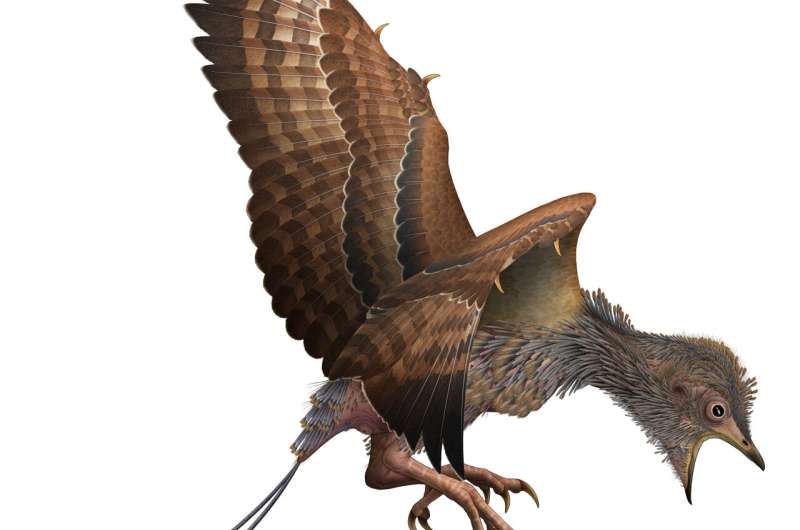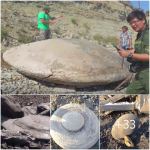Cryptic Survival: Comprehending the Adaptability of Prehistoric Birds During the End of the Dinosaur Era

The extinction event that wiped out the non-avian dinosaurs at the end of the Cretaceous period is one of the most cataclysmic events in Earth’s history. Yet, amidst the devastation, one group of creatures managed to survive and thrive: the ancestors of modern birds. This enigma has puzzled scientists for decades, sparking intense debate and investigation into the factors that allowed these avian ancestors to endure while their dinosaur relatives perished. In this essay, we delve into the fascinating world of prehistoric avians, exploring the secrets of their cryptic survival amidst the chaos of extinction.
The End-Cretaceous extinction event, often referred to as the K-Pg (Cretaceous-Paleogene) extinction, occurred approximately 66 million years ago. It was triggered by a combination of factors, including a massive asteroid impact, volcanic eruptions, and climate change. These catastrophic events resulted in widespread environmental disruption, leading to the demise of three-quarters of all plant and animal species on Earth, including the iconic dinosaurs that had dominated the terrestrial landscape for millions of years.

Amidst this global cataclysm, the ancestors of modern birds managed to weather the storm and emerge as one of the few survivors. But what set these avian ancestors apart from their dinosaur relatives? One key factor may lie in their unique adaptations and ecological flexibility. Unlike the large, specialized dinosaurs that dominated the terrestrial ecosystem, early birds possessed traits that allowed them to exploit a wide range of habitats and food sources.
For example, many avian ancestors were small-bodied and capable of flight, enabling them to escape predation and access resources in diverse environments. Their lightweight skeletons and efficient respiratory systems made them well-suited for an aerial lifestyle, giving them a competitive edge in the post-extinction world. Additionally, some avian ancestors exhibited omnivorous diets, allowing them to adapt to changing food availability and exploit new ecological niches.
Another factor that may have contributed to the survival of avian ancestors is their reproductive strategy. Unlike dinosaurs, which typically laid large clutches of eggs in nests on the ground, early birds are believed to have laid fewer eggs and may have exhibited more parental care. This reproductive strategy may have provided greater protection for their offspring during periods of environmental upheaval, increasing their chances of survival in a world undergoing rapid change.

Furthermore, recent research suggests that avian ancestors may have benefited from their ability to maintain high metabolic rates and regulate body temperature more effectively than dinosaurs. This metabolic advantage may have allowed them to withstand fluctuations in temperature and food availability, enhancing their resilience in the face of environmental stressors.
In addition to their physiological adaptations, avian ancestors may have also benefited from their behavioral flexibility and social dynamics. Evidence suggests that some early birds exhibited complex social behaviors, including cooperative breeding and flocking. These social structures may have facilitated information sharing, resource acquisition, and predator avoidance, enhancing the survival prospects of individuals and populations.

Despite these advantages, the survival of avian ancestors during the K-Pg extinction was by no means guaranteed. Many species of early birds went extinct during this period, and those that survived faced significant challenges in the aftermath of the catastrophe. However, the resilience and adaptability of avian ancestors ultimately allowed them to endure and evolve into the diverse array of bird species that inhabit the Earth today.
In conclusion, the cryptic survival of the ancestors of modern birds amidst the extinction of the dinosaurs remains a fascinating and compelling mystery. Through a combination of unique adaptations, ecological flexibility, and behavioral strategies, these early birds managed to weather the storm of the K-Pg extinction and emerge as one of the few success stories of this catastrophic event. By unraveling the secrets of their survival, scientists gain valuable insights into the dynamics of extinction and the resilience of life in the face of adversity. As we continue to explore the evolutionary history of birds, we gain a deeper appreciation for the remarkable journey that has led to the diversity and beauty of avian life on our planet today.








